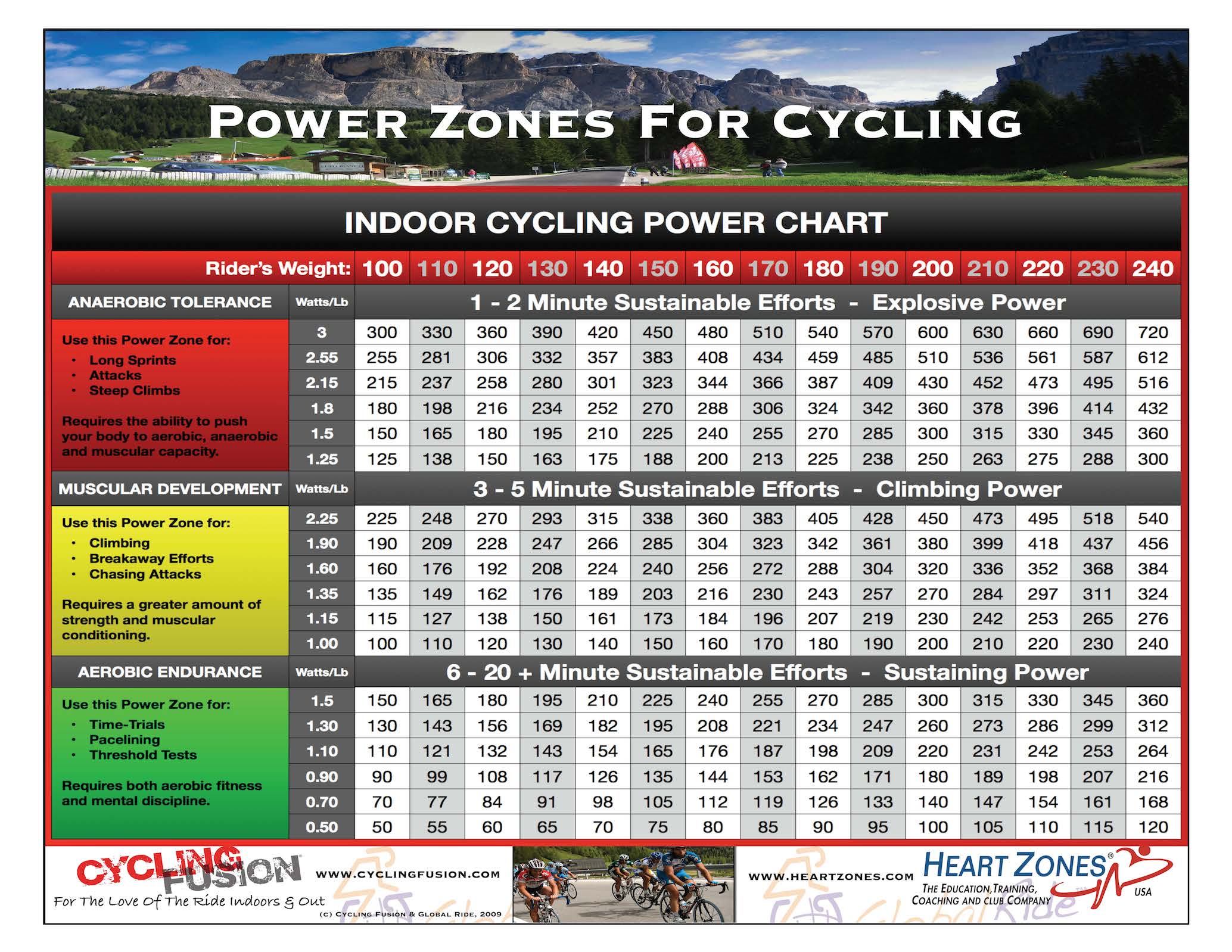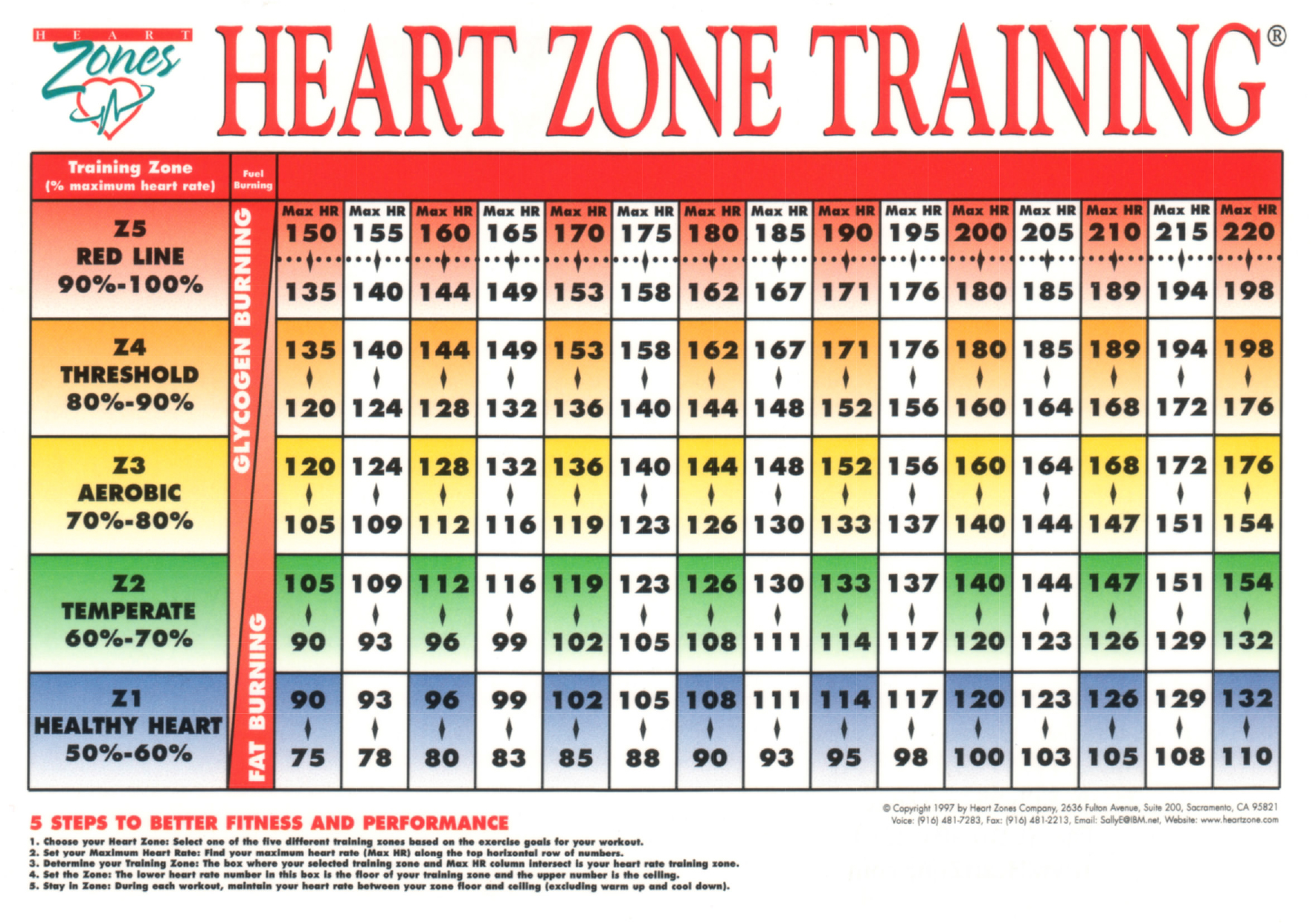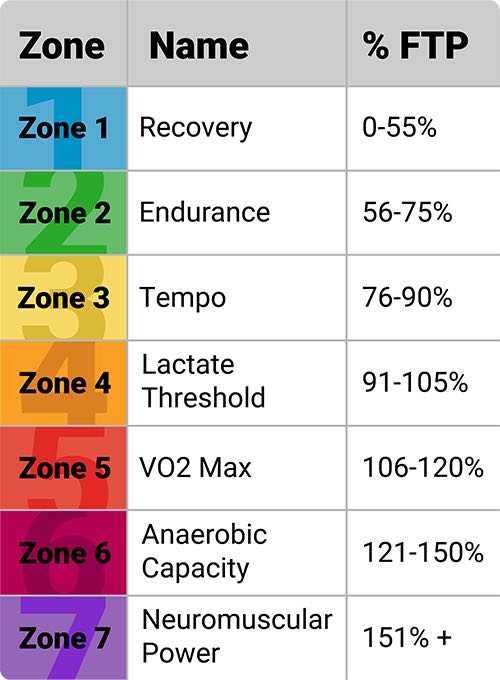Unlocking the Power of Zone 2 Cycling
Heart rate zone training is a powerful tool for cyclists looking to optimize their performance and achieve their fitness goals. By training in specific heart rate zones, cyclists can target specific physiological adaptations, such as improved cardiovascular fitness, increased endurance, and enhanced fat burning. Zone 2 heart rate cycling, in particular, is an effective way to improve overall cycling performance, as it allows cyclists to ride at a moderate intensity while still making significant gains in fitness. This zone is ideal for building a strong aerobic base, increasing stamina, and enhancing overall cycling efficiency. By incorporating Zone 2 heart rate cycling into their workout routine, cyclists can experience improved performance, increased confidence, and a reduced risk of injury or burnout.
Understanding Heart Rate Zones: A Beginner’s Guide
Heart rate zone training is based on the concept of dividing an individual’s maximum heart rate into five distinct zones, each corresponding to a specific intensity level. Zone 2, also known as the endurance zone, is a moderate-intensity zone that is ideal for building cardiovascular fitness and increasing endurance. To determine your individual heart rate zones, you need to know your maximum heart rate, which can be estimated using a formula such as 220 minus your age. Once you have your maximum heart rate, you can calculate your individual zones using a percentage of that number. For example, Zone 2 is typically between 50-60% of your maximum heart rate. Understanding your heart rate zones is crucial for effective zone 2 heart rate cycling, as it allows you to tailor your workouts to your specific fitness goals and needs.
How to Calculate Your Zone 2 Heart Rate
To get the most out of zone 2 heart rate cycling, it’s essential to accurately calculate your Zone 2 heart rate. This involves determining your maximum heart rate and then calculating 50-60% of that number. Here’s a step-by-step guide to help you calculate your Zone 2 heart rate:
Step 1: Determine your maximum heart rate. A commonly used formula is 220 minus your age. For example, if you’re 30 years old, your maximum heart rate would be 220 – 30 = 190 beats per minute (bpm).
Step 2: Calculate your Zone 2 heart rate by multiplying your maximum heart rate by 0.5 and 0.6. Using the example above, your Zone 2 heart rate would be 190 x 0.5 = 95 bpm and 190 x 0.6 = 114 bpm. Therefore, your Zone 2 heart rate range would be 95-114 bpm.
It’s crucial to note that this is just an estimate, and your actual maximum heart rate may vary. The most accurate way to determine your maximum heart rate is through a maximal exercise test, such as a VO2 max test. However, for most cyclists, the formula above provides a reliable estimate.
Consistency is key when it comes to zone 2 heart rate cycling. Make sure to regularly monitor your heart rate and adjust your training accordingly. By accurately calculating your Zone 2 heart rate and incorporating it into your training routine, you can optimize your performance and achieve your cycling goals.
The Benefits of Training in Zone 2 for Cyclists
Training in Zone 2 is a crucial component of any cycling training program, offering a range of benefits that can significantly improve overall cycling performance. By incorporating Zone 2 heart rate cycling into your workout routine, you can experience improved aerobic endurance, increased lactate threshold, and enhanced recovery.
One of the primary benefits of Zone 2 training is improved aerobic endurance. This is achieved by increasing the body’s ability to utilize oxygen to generate energy, allowing cyclists to sustain a higher intensity over a longer period. As a result, Zone 2 training is ideal for cyclists looking to improve their endurance and increase their stamina.
In addition to improved aerobic endurance, Zone 2 training also increases lactate threshold. This is the point at which the body begins to accumulate lactic acid, leading to fatigue. By increasing lactate threshold, cyclists can push themselves harder and longer before fatigue sets in, resulting in improved performance.
Zone 2 training also plays a critical role in enhancing recovery. By training at a moderate intensity, cyclists can promote blood flow and reduce muscle soreness, allowing for faster recovery and reduced downtime. This is particularly important for cyclists who need to train frequently or participate in multiple events in a short period.
Examples of how Zone 2 training can improve overall cycling performance include increased average speed, improved climbing ability, and enhanced time trial performance. By incorporating Zone 2 heart rate cycling into your training program, you can experience these benefits firsthand and take your cycling to the next level.
Creating a Zone 2 Cycling Workout Plan
Creating a well-structured Zone 2 cycling workout plan is crucial to achieving optimal performance gains. A Zone 2 workout plan should be designed to challenge cyclists while also allowing for adequate recovery time. Here are some tips and guidelines to help you create an effective Zone 2 cycling workout plan:
Structuring Workouts: A typical Zone 2 workout should consist of a warm-up, a steady-state ride, and a cool-down. The warm-up should be 10-15 minutes of easy spinning to get the blood flowing and prepare the muscles for exercise. The steady-state ride should be 30-60 minutes of riding at Zone 2 intensity, followed by a 10-15 minute cool-down to gradually bring the heart rate back down.
Incorporating Interval Training: Interval training is an effective way to add variety to your Zone 2 workouts and challenge yourself. This involves alternating between high-intensity efforts and active recovery. For example, you could ride at Zone 2 intensity for 10 minutes, followed by 5 minutes of active recovery, and repeat for 30-60 minutes.
Incorporating Rest Days: Rest days are essential for allowing your body to recover and adapt to the demands of Zone 2 heart rate cycling. Aim to include at least one or two rest days per week, or active recovery days where you ride at a very low intensity.
Consistency and Progressive Overload: Consistency is key when it comes to Zone 2 training. Aim to ride at Zone 2 intensity at least 3-4 times per week, with one or two rest days in between. To continue making progress, incorporate progressive overload by gradually increasing the duration or intensity of your workouts over time.
By incorporating these tips and guidelines into your Zone 2 cycling workout plan, you can optimize your training and achieve significant performance gains. Remember to always listen to your body and adjust your training plan accordingly to avoid burnout and injury.
Monitoring Your Progress: Using Heart Rate Data to Optimize Your Training
Monitoring heart rate data is a crucial aspect of Zone 2 heart rate cycling, as it allows cyclists to track their progress, identify areas for improvement, and adjust their training plans accordingly. By regularly tracking heart rate data, cyclists can gain valuable insights into their physical condition and make data-driven decisions to optimize their training.
Tracking Progress: One of the primary benefits of monitoring heart rate data is the ability to track progress over time. By regularly recording heart rate data during Zone 2 workouts, cyclists can see how their body is adapting to the demands of training. This can be particularly useful for identifying areas where improvement is needed, such as increasing endurance or boosting lactate threshold.
Identifying Areas for Improvement: Heart rate data can also be used to identify areas where improvement is needed. For example, if a cyclist notices that their heart rate is consistently higher than expected during Zone 2 workouts, they may need to focus on building their endurance. Conversely, if their heart rate is consistently lower than expected, they may need to increase the intensity of their workouts.
Adjusting Training Plans: By analyzing heart rate data, cyclists can adjust their training plans to optimize their Zone 2 heart rate cycling. This may involve increasing or decreasing the intensity of workouts, adjusting the duration of workouts, or incorporating different types of training, such as interval training or hill repeats.
Using Heart Rate Data to Optimize Zone 2 Training: To get the most out of heart rate data, cyclists should aim to track their heart rate regularly during Zone 2 workouts. This can be done using a heart rate monitor or smartwatch, which can provide real-time data on heart rate and other physiological metrics. By regularly tracking heart rate data and analyzing the results, cyclists can optimize their Zone 2 heart rate cycling and achieve significant performance gains.
Common Mistakes to Avoid in Zone 2 Heart Rate Cycling
When it comes to Zone 2 heart rate cycling, there are several common mistakes that cyclists can make that can hinder their progress and prevent them from achieving their full potential. By being aware of these mistakes, cyclists can take steps to avoid them and optimize their Zone 2 training.
Incorrect Heart Rate Zone Calculation: One of the most common mistakes cyclists make is incorrectly calculating their heart rate zones. This can lead to training at the wrong intensity, which can result in inadequate progress or even injury. To avoid this mistake, cyclists should ensure they accurately calculate their maximum heart rate and individual heart rate zones.
Inadequate Warm-up and Cool-down: Failing to properly warm up and cool down can lead to poor performance and increased risk of injury. Cyclists should always include a 10-15 minute warm-up and cool-down in their Zone 2 workouts to prepare their muscles for exercise and aid in recovery.
Insufficient Recovery Time: Zone 2 heart rate cycling is a low-intensity, high-volume training method that requires adequate recovery time. Cyclists should ensure they include sufficient rest days and active recovery days in their training plan to allow their body to recover and adapt to the demands of training.
Ignoring Heart Rate Data: Failing to monitor and analyze heart rate data can prevent cyclists from tracking their progress and identifying areas for improvement. By regularly tracking heart rate data, cyclists can optimize their Zone 2 training and achieve significant performance gains.
By being aware of these common mistakes, cyclists can take steps to avoid them and optimize their Zone 2 heart rate cycling. By incorporating accurate heart rate zone calculation, proper warm-up and cool-down, sufficient recovery time, and regular heart rate data analysis, cyclists can achieve significant performance gains and take their cycling to the next level.
Taking Your Cycling to the Next Level with Zone 2 Training
By incorporating Zone 2 heart rate cycling into their workout routine, cyclists can unlock significant performance gains and take their cycling to the next level. Zone 2 training offers a range of benefits, from improved cardiovascular fitness and increased endurance to enhanced fat burning and recovery. By understanding the principles of heart rate zone training and avoiding common mistakes, cyclists can optimize their Zone 2 training and achieve their goals.
Whether you’re a seasoned cyclist or just starting out, Zone 2 heart rate cycling is an effective way to improve your overall cycling performance. By incorporating Zone 2 training into your workout routine, you can increase your lactate threshold, improve your aerobic endurance, and enhance your recovery. With consistent and progressive training, you can take your cycling to new heights and achieve your goals.
Remember, the key to successful Zone 2 heart rate cycling is to be consistent, patient, and persistent. By following the principles outlined in this article and avoiding common mistakes, you can optimize your Zone 2 training and achieve significant performance gains. So why not give it a try? Start incorporating Zone 2 heart rate cycling into your workout routine today and take your cycling to the next level.






